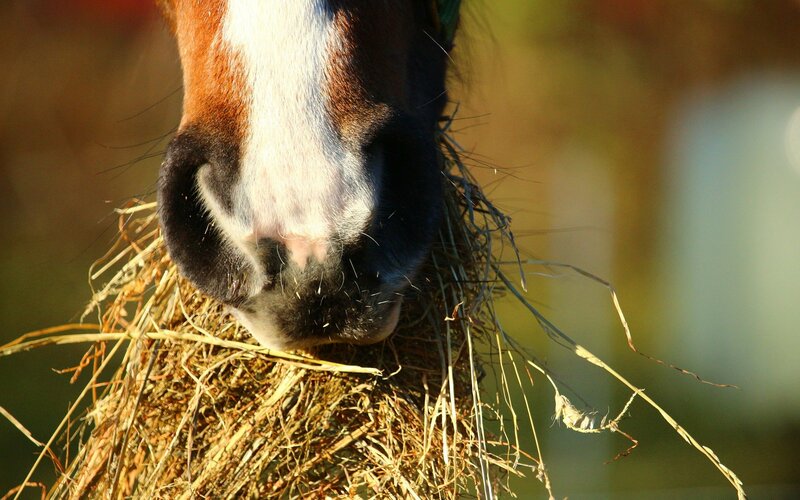
Why sugar is bad for your horse
Lately, there has been a huge amount of press surrounding sugar and its effects on the human body. Its prevalence when hidden in foods has resulted in our consumption of it soaring, and the same has happened to horses.
New grasses, course mixes and forages all contain increased amounts of sugar, resulting in the horse consuming more than they need or are used to. This has led to an increased incidence of diet-related metabolic disorders, such as Insulin Resistance, Metabolic Syndrome and Laminitis.
Research carried out by Professor Meriel Moore-Colyer in conjunction with Haygain analysed this link further. “Animals with a predisposition to any of the above disorders should be fed a sugar-reduced diet. This involves finding permanent pasture that contains high-fibre, low-sugar grasses and cutting out concentrate feeds, feeding low-sugar, high-fibre forage,” Meriel explains.
While one can control and manage the intake of sugars from pasture, it is very rare that you will know the true nutritional value of the forage you’re feeding to the horse. Forage is an essential part of the diet and should not be limited, so ensuring the sugar content is as low as possible is critical.
Soaking hay is a popular choice with owners and riders who are looking to reduce the sugar content of their forage. However, it is difficult to analyse just how much sugar will be lost after soaking. Even more worrying is the recent work that has shown that soaking actually increases the bacterial content of hay (Moore-Colyer et al 2015, Wyss and Pradervand, 2016).
Steaming hay is one of the best options to reduce sugar content in forage. It also thoroughly cleans the forage, removing all mould and bacteria particles. With steaming, you’re offering your horse the best quality forage you possibly can.
For more information, please visit www.haygain.co.uk
